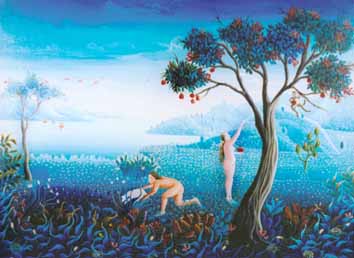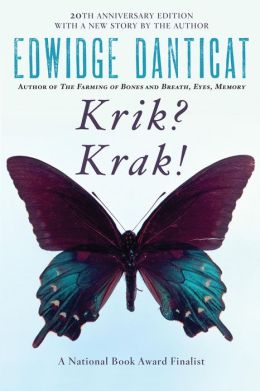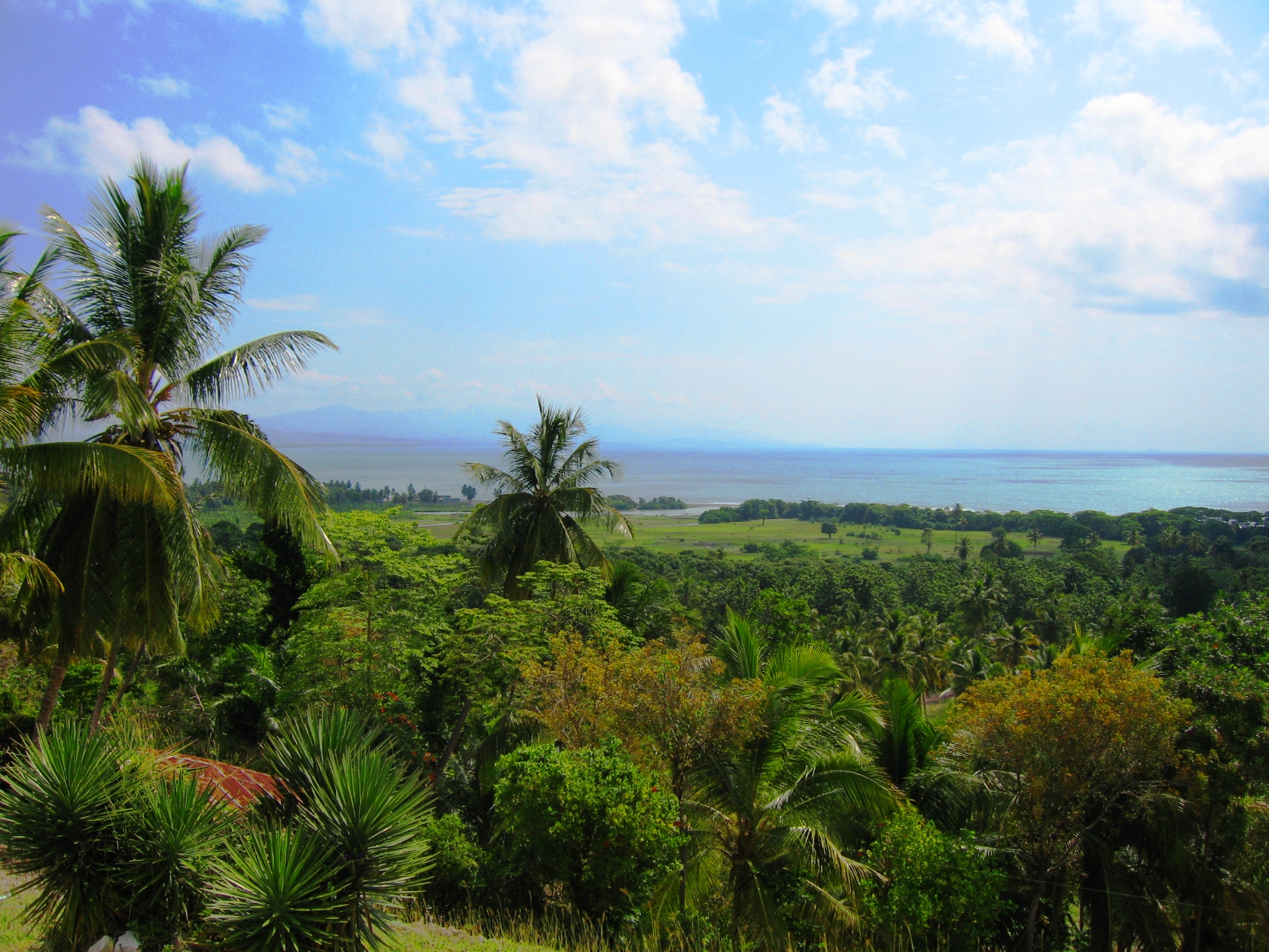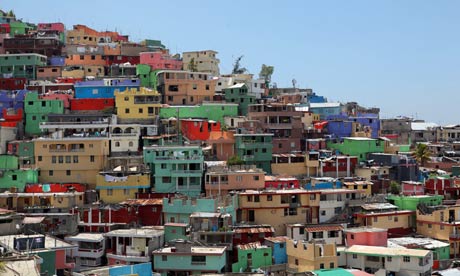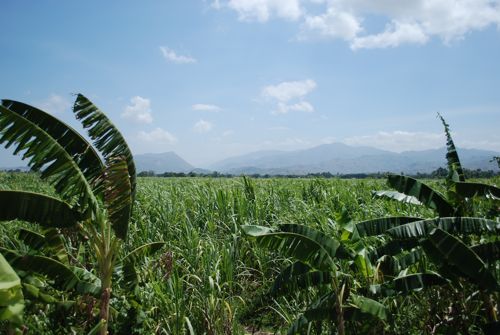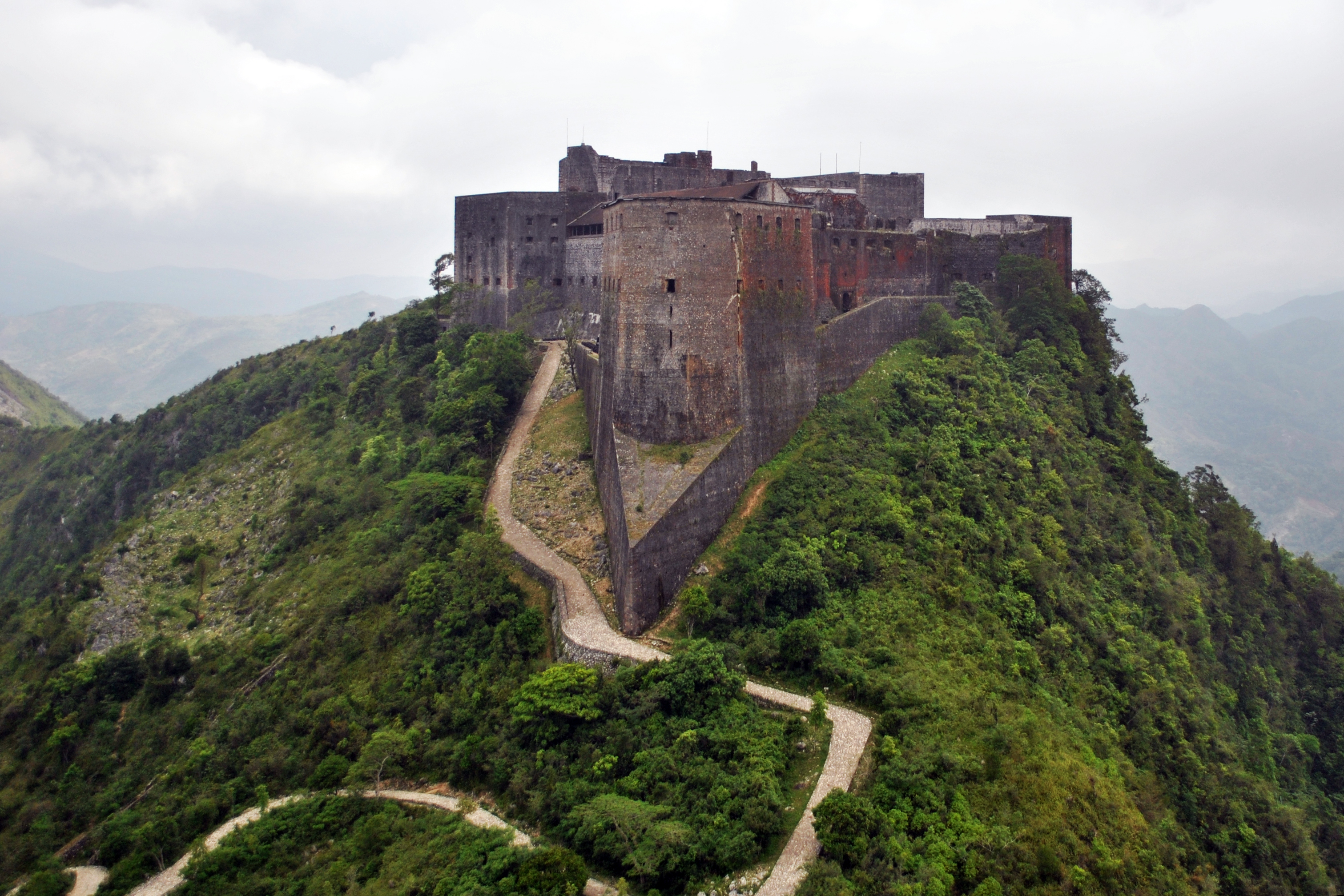It’s been a great couple of weeks here. I got on
board with a part time ads rating job, and we got our tax return check: we had
our one week of living the lifestyle of the nouveau riche, despite the fact
that we were hit with super cold wind chills again – but that didn’t stop us
from being out and about. We mostly paid up bills, bought a few things for
ourselves and the house, and my husband and I went on a rampage of eating out
at new restaurants, including Red Lion Grog House (British food) and Sushi Club
(all-you-can-eat sushi – 68 pieces of sushi later, we ate until we hated
ourselves. But we’ll definitely be back to hate ourselves again.) And today,
it’s Honduran food.
 |
| What I thought was sure-fire food poison turned out pretty good. |
I started with a recipe for Ceiba Conch Ceviche.
We’re all still a little scarred after my first tryst with conch back when I
attempted to make conch fritters when I was cooking from Antigua and Barbuda. So, I went for the alternate suggestion
of using a mild fish (I used pollack, although I’m pretty sure pollack is only
in northern Atlantic waters, and pollack is probably a little stronger flavored
than “mild.”). I’ve always been a little leery at making true ceviches, which basically
“cooks” the raw fish or seafood using the acidity of the limes. From a Western
point-of-view, this seems to give the potential for food poisoning, but if it
is done correctly, it should be safe. Otherwise, millions of people in the
Caribbean and Latin America would have died from ceviche poisoning and no one
in their right mind would ever share the recipe. So, basing my faith in
statistics, common sense, and logic, I started in on this. I flaked my fish and
squeezed the juice from two limes on top, stirring it to coat. Then I chopped
up my vegetables very small (larger than minced, but smaller than diced): a red
and green bell pepper, celery, and onion. I mixed in some salt and pepper
(accidently forgetting to put in the garlic), and drizzled it all with a bit of
olive oil and topped with fresh cilantro. It called for a serrano pepper, and I
was going to add in a little bit of chipotle peppers that I had on hand, but I
forgot that too. Then I stirred in my fish with lime juice and let it chill for
about four hours in the refrigerator. But after the four hours, it magically
wasn’t raw anymore. And it actually tasted pretty good. I actually liked it. My
daughter liked it too, but my son thought the cat might prefer it (I stopped
him before he got that far).
 |
| I have no words for this. This recipe took banana bread to a whole new level. |
Next, I got started on the Honduran Banana Bread. This
sounded amazing from the moment I read the recipe. I started this by beating my
margarine with cream cheese, then adding in a cup of sugar and beating in an
egg. Then in a different bowl, I combined the flour, baking powder, baking soda
and salt and set this aside. In a
third bowl, I mixed my bananas, milk, vanilla extract, and rum (I went with a
mango-infused rum by Bacardi since I can’t drink dark rum. Brown alcohols make
me so sick. Apparently so does mango-infused rum if it’s following a
half-bottle of pinot grigio). I
left out the pecans, but added in the flaked coconut. After mixing in a little
bit from all three mixtures, stirring constantly until it was all consistent, I
poured the batter into a greased loaf pan and threw it into the oven for an
hour. The interesting part is that
this banana bread has a glaze that is drizzled on top. For this part, I added
in a little brown sugar, margarine, lime juice, and rum in a saucepan and
brought it all to a simmer, stirring constantly. Once I removed it from the heat, I stirred in more coconut
(and pecans if you’re using them, but I’m not for this recipe) and spooned the
mixture over the bread once it’s taken out of the oven. This was the best part
of the meal. Hands down. I think it was actually better that I used the
mango-infused rum instead of the dark or spiced rum the recipe suggested. The
mango with the coconut accented the tropical flavors in this bread. I actually
think it may have been better with the pecans in it to counter some of the
sweetness of the bread. But even at that, it was still delightful.
 |
| I can't wait to have this for lunch tomorrow. We eat pretty well over here. |
Finally, for the main entrée. I chose a national
dish called Baleadas. This easy
recipe can be adapted for lunch or breakfast or snacks and can be generally
made to serve what ingredients you have on hand. I didn’t make my own tortillas, but I’m sure it would’ve
been better if I had. It’s not hard; I just had a ton of pre-made flour
tortillas already. To make these, I took a tortilla and filled half of it with
warmed refried beans, topped with queso cotija (I grated it myself) and a little
Mexican sour cream called crema agria. That’s the basic version, and people can
choose from a variety of different toppings to add. I went with some chorizo,
minced spiced avocado that I made a few days ago, and curtido (I bought a
Salvadoran version from the Mexican grocery store. This version is pickled
shredded cabbage, carrots, red bell peppers, and onion. It’s so good – far
better than when I tried to make my own when I cooked for El Salvador – we put
curtido on top of hamburgers we made last night.). One you have the toppings on half of the tortilla, fold it
over and it’s ready to eat. Many versions include adding scrambled eggs. I liked this with the chorizo and
curtido. I thought it was fabulous. Although I didn’t care so much for the type
of refried beans I bought, but I couldn’t remember the brand I bought last
time. My daughter was leery about the crema agria (“Mom, is this sour cream?
Because you know I hate sour cream.” “No, honey. It’s a type of Mexican cheese
called crema agria. It just LOOKS like American sour cream, but it’s Mexican.” “Oh,
ok.”), but she liked it more or less. My son, on the other hand, is six years
old and hates everything.
 |
| What a wonderful meal! It was delightfully tasty! |
This was an easy day of cooking. Some of the meals
I pick make me feel like I’m on my feet all day. But today gave me plenty of
opportunities to sit down and rest for an hour or so while cooking. Although
Honduras is one of the poorest countries in Latin America, their food is
wholesome, fresh, with a complexity of flavors. It always confirms my theory
that most of the time, a country’s “national” dish often comes from the poor
people’s cuisine. It has to contain ingredients that are readily available, and
it also has to be easy and cheap to grow, to buy, and/or to store. These are
the type of recipes that makes people reminiscent of home and brings families
together. I’m certain that I’ll pull these recipes back out again for holidays
and get-togethers. Because that’s what these recipes are for.
Up next: Hungary
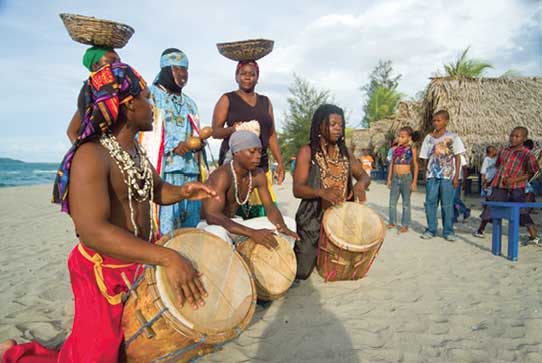
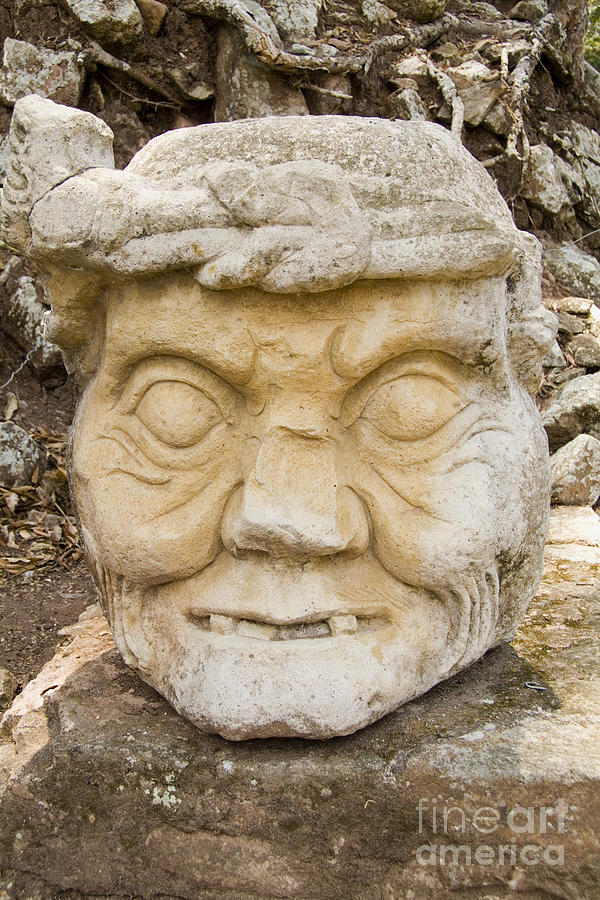


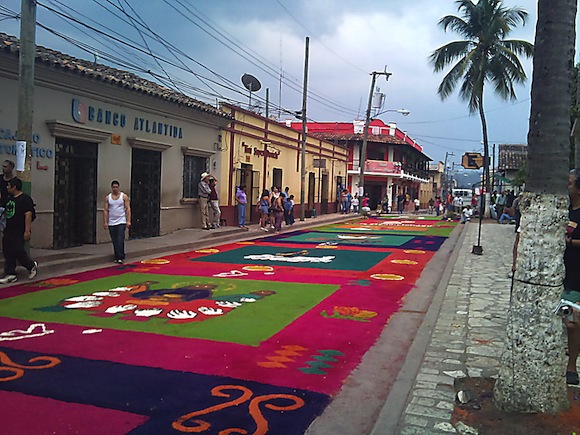






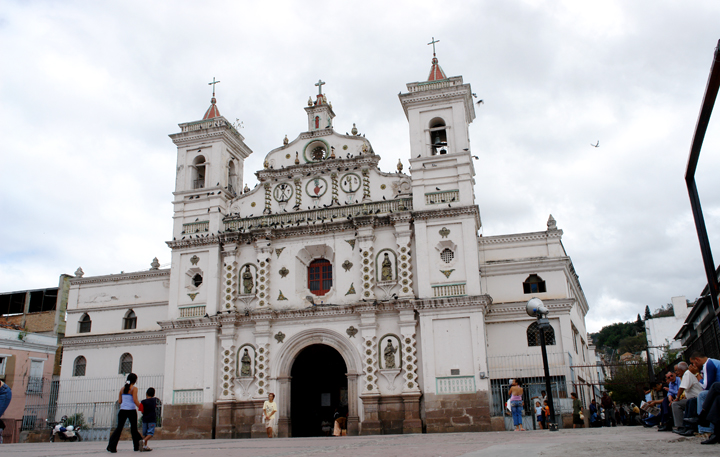






.jpg)
